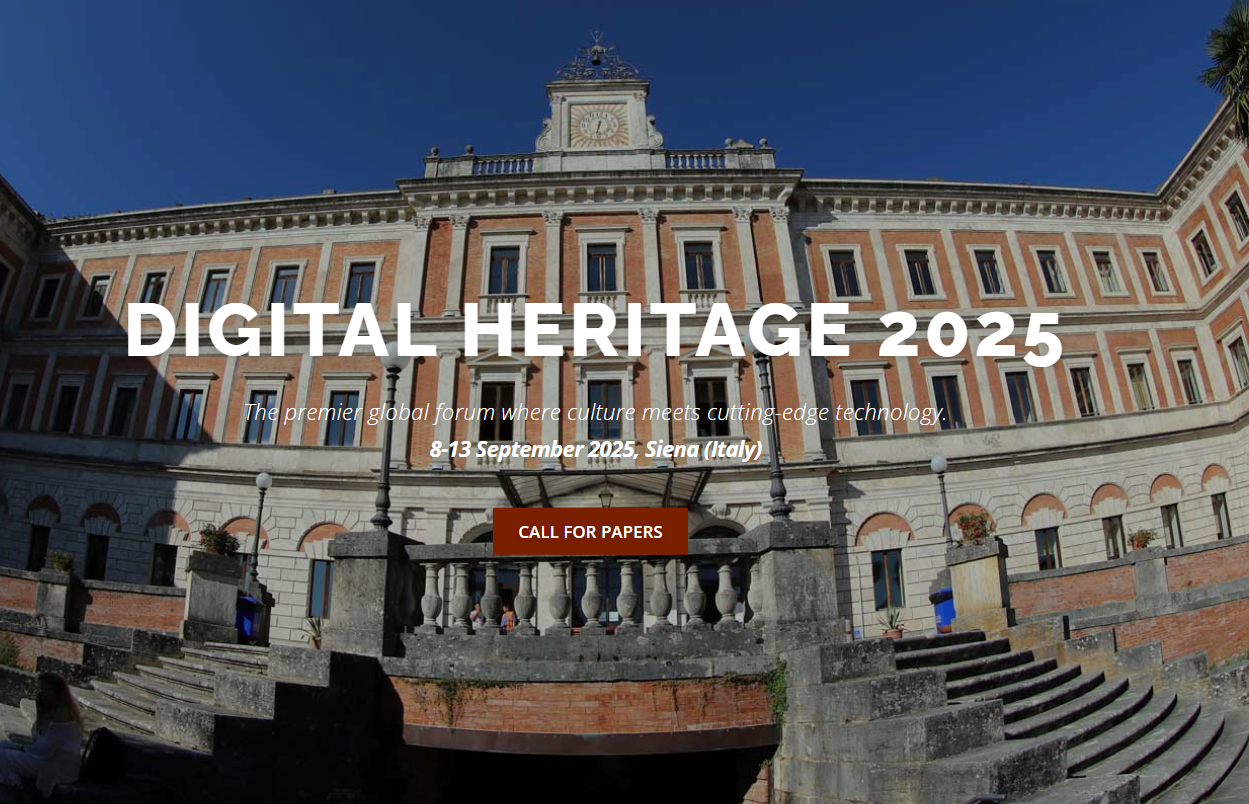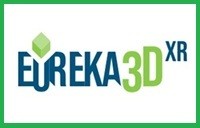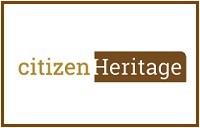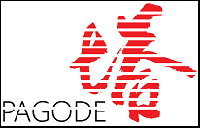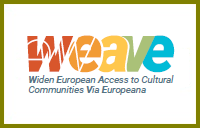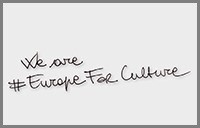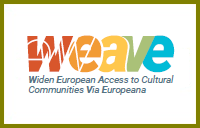Refers to tangible and intangible products of human creativity with an actual or potential cultural value. It can also refer to the amount of cultural value displayed, contained or potentially generated by a cultural asset. In an economic perspective, cultural goods and services can be considered forms of cultural capital possessing a dual cultural and economic value.
The concept originated in the work of French sociologist Pierre Bourdieu, who expanded the economic notion of ‘capital’ and pointed to the importance of social, cultural and symbolic forms of capital in determining standards and opportunities for acquiring status, wealth and power in a society. Bourdieu proposed three instances of cultural capital: embodied (such as the knowledge and skills that enable an individual to exercise cultural authority), objectified (such as tangible assets that are assigned cultural value, such as works of art), and institutionalised (institutional sanction and legitimation of cultural value). The concept gained popularity in areas outside sociology, in particular for analysing the interplay between culture and development, and investigating issues related to cultural sustainability and sustainable development.
Cultural capital relies on, can be converted into, manifested as, or grow exponentially in relation to other forms of capital. For example, the economic value of a building or artwork increases when it is recognized as an object of exceptional cultural value. Likewise, a society or community with a strong cultural capital in the form of intangible and tangible assets can generate economic value and give rise to employment opportunities by marketing products with a cultural value and opening the need for a skilled work force to drive production and commercialisation.
Sources:
Bourdieu, P. (1983/1986) Forms of Capital.
UNESCO (2004) Preliminary draft of a convention on the protection of the diversity of cultural contents and artistic expressions. CLT/CPD/2004/CONF-201/2. Paris: UNESCO.


 If you have interesting news and events to point out in the field of digital cultural heritage, we are waiting for your contribution.
If you have interesting news and events to point out in the field of digital cultural heritage, we are waiting for your contribution.








